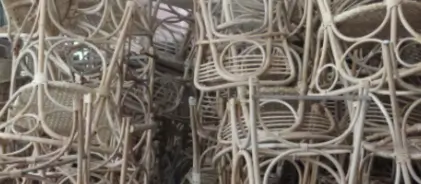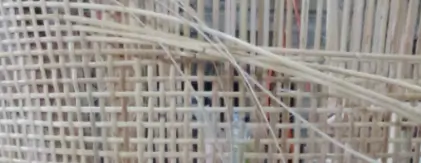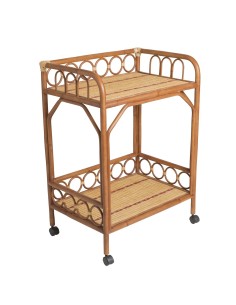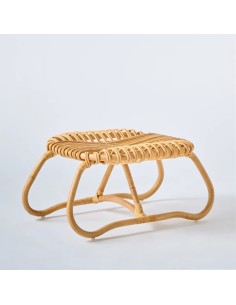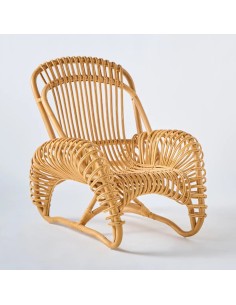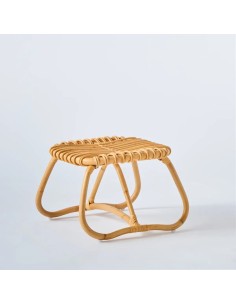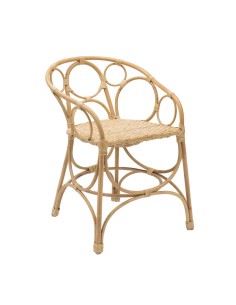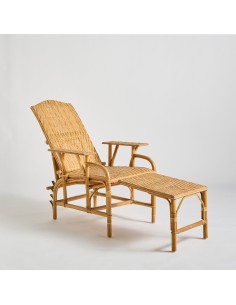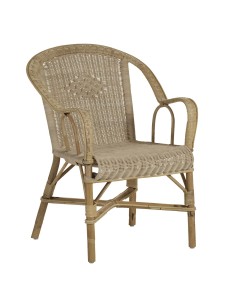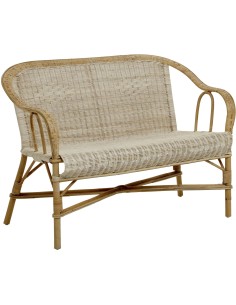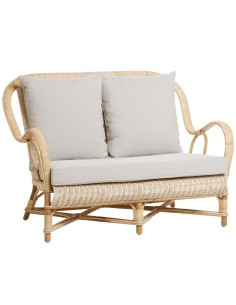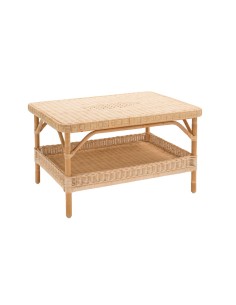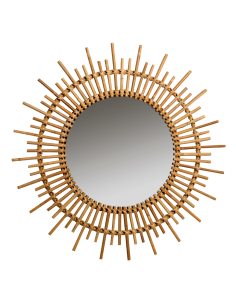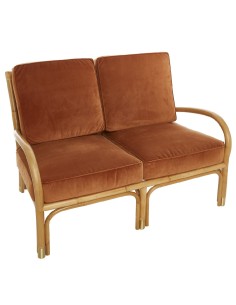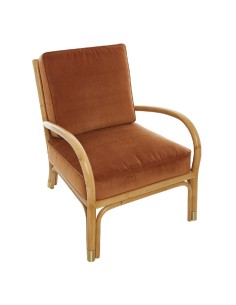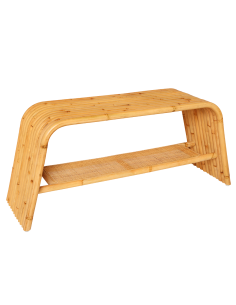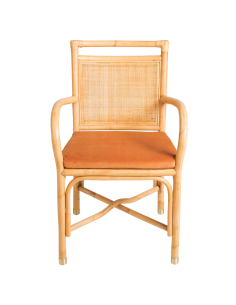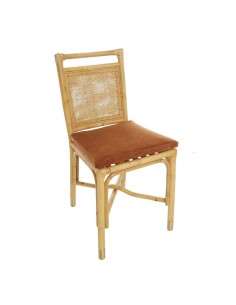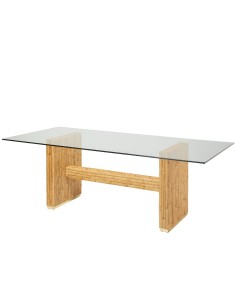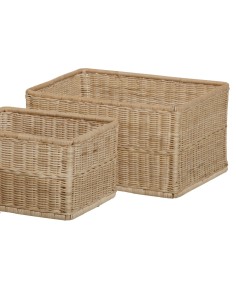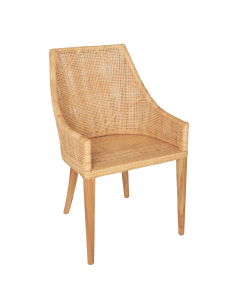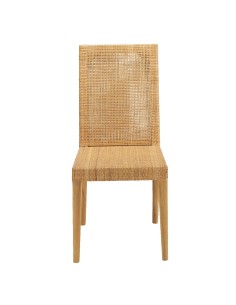Where does rattan come from?
Most rattan varieties grows or are cultivated in South-East Asia, mainly in the area around the Borneo rainforests. Farmers go to the jungle everyday and cut all kinds of rattan. The collected vines are weighted and paid every night then brought by boat to a sorting site. The women that often work in these companies wash, cut and sort all kinds of rattan that will later be sold to manufacturers across Indonesia.
The richness of soil in this area made it possible to let grow hundreds of varieties, each of them with special features, that we can use for our furniture and baskets. Depending on the place where rattan grows, it can be very dense in the inside, which is perfect for structures, or very soft, which is perfect for weaving or decoration. Diameters range from 2 to 50mm... with numerous possibilities. The natural color also range from straw-coloured yellow to dark brown, also depending on the area where it grows. Nonetheless, rattan skin can be removed, peeled. The core absorbs al kinds of colors and lacquers, allowing all kinds of designs.
What is the difference between bamboo?
Bamboo is often mixed up with rattan when it comes as sticks. Same yellowish skin color when dried, round knots... The main difference is that bamboo has a hollow trunk while rattan is solid. Bamboo is very stiff, it is even used to build scaffolding in Asia, but it is impossible to bend. It is also usually wider than rattan. Some furniture are also made in bamboo, but only with straight designs.
Bamboo = straight and stiff vs. rattan = curved and flexible.
What is the difference between willow?
Willow tends to grow in colder climates. Even when it comes from China, it comes from the north of this immense country... It is mainly used as a weaving material for basketry or armchairs, and it takes a great deal of skill and know-how to create furniture made entirely from willow, as we offer at KOK MAISON. When bleached and woven, it can be mistaken for rattan core, but it is naturally darker (buff when it has retained its bark), shinier and stiffer. It is quite difficult to find the same tight weave as a rattan basket or furniture with all its curves and volutes. In France, it is traditionally found in Haute-Marne, Touraine and the Somme, but it can be grown anywhere that is damp and cool.



















